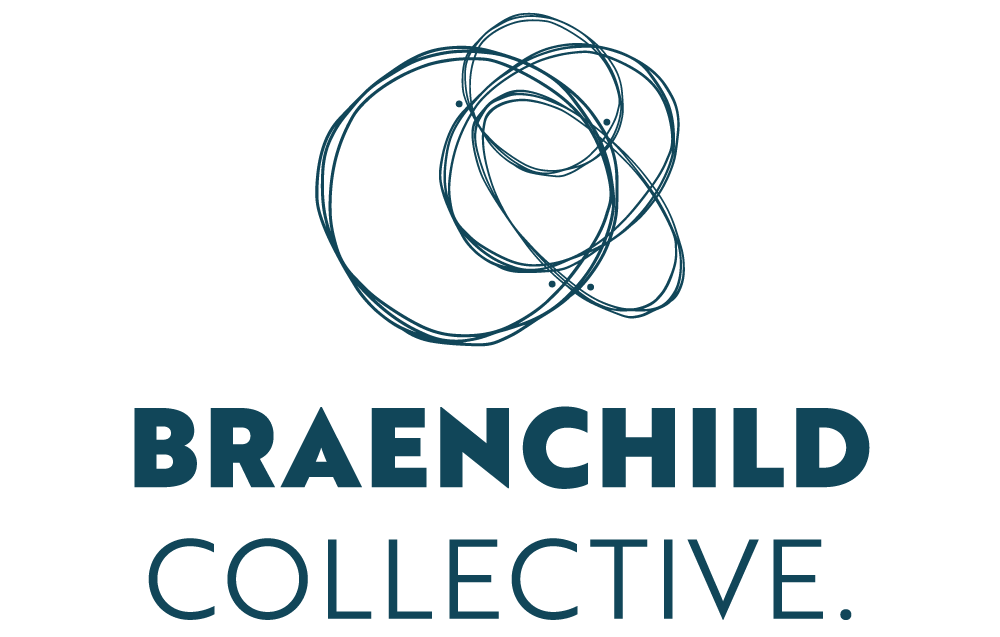Inside "Inside: Life in Children's Homes and Institutions"
This blog will track my research over the next two years, and I hope that it will also inspire people to think about design, design research, representation, and how designers work together with multi-stakeholder teams on projects. The project I'd like to talk about today is "Inside: Life in Children's Homes and Institutions", an exhibition that was created by the National Museum of Australia, and opened in 2011.
This exhibition will be one of the case studies in the chapter I'm currently writing. It's an interesting case, not only because of the fact that it can be classified as being a 'difficult' exhibition, but also because of the multi-layered make-up of its stakeholders, from the organisations that advocate for the rights of the people who grew p in 'care', but also the government agencies, the museum and the designer, Freeman Ryan Design, who all played a significant role in its creation.
Here are some notes from my research on the exhibition. I'd like to take the opportunity to thank Head Curator from the NMA, Jay Arthur, Co-Curator Adele Chynoweth, and Director of Freeman Ryan Design, Susan Freeman, who gave up their time to be interviewed for my research into this extremely powerful project. Last but not least, I'd like to also recognise all of the people who grew up in institutions in Australia in the 20th Century, and that, by including this project in my PhD research, that it provides another avenue for your stories to be told.
For more information on "Inside", see: http://www.nma.gov.au/exhibitions/inside_life_in_childrens_homes_and_institutions/home
The excerpt below is taken from Chapter 3 of my PhD exegesis, which is still a work in progress.
Background
“Inside: Life in Children’s Homes and Institutions” is an exhibition that tells the stories of some of the estimated 500,000 children in Australia who grew up in out-of-home care during the 20th Century. Of these children, around 50,000 were Aboriginal or Torres Strait Islanders, and a further 7000 were from Britain or Malta, brought to Australia through child migration schemes (National Museum of Australia, 2013). The exhibition was developed by the National Museum of Australia (NMA) and funded by the Department of Families, Housing, Community Services and Indigenous Affairs (FaHCSIA)[1], and was opened at the NMA in Canberra on 15 November 2011 (National Museum of Australia, 2013). In addition to the NMA, the exhibition has been shown at the Melbourne Museum (29 August 2013-27 January 2014), the Western Australian Maritime Museum Fremantle (14 March-29 June 2014) and the Queensland Museum (9 August-17 November 2014).
The exhibition has its roots in the Senate Inquiry into the “Forgotten Australians”[2], which published its report, Forgotten Australians: A report on Australians who experienced institutional or out-of-home care as children in 2004 (Commonwealth Parliament, 2004). According to the Alliance of Forgotten Australians, the senate inquiry enabled many who had been within the Australian institutional care system to tell their stories, often for the first time. “This brought their experiences back to them and caused great pain for them and their families” (Alliance for Forgotten Australians, 2010). Submission number 22 to the inquiry, prepared by Leonie Sheedy OAM, co-founder of the Care Leavers Australia Network (CLAN), pleaded for the government to “let our histories be visible”.
The Australian government made a formal, national apology to the Forgotten Australians and Child Migrants on 16 November 2009. In addition to this apology, FaHCSIA also provided funding and support for a number of other initiatives, which, along with the Inside exhibition, included the Find and Connect service (Find and Connect Web Resource Project, 2011) and the “Forgotten Australians and Former Child Migrants Oral History Project”, undertaken by the National Library of Australia (NLA), which worked closely with the NMA’s exhibition team (Commonwealth Parliament, 2004; National Library of Australia, n.d; National Museum of Australia, 2012).
[1] With the change of Australian government in 2013, FaHCSIA was renamed the Department of Social Services.
[2] This report followed two other significant reports into Australian government policy and its effects on parts of the community: “Bringing Them Home Report of the National Inquiry into the Separation of Aboriginal and Torres Strait Islander Children from Their Families” (Commonwealth of Australia, 1997) and “Lost Innocents: Righting the Record - Report on child migration (Commonwealth Parliament, 2001).
